

The railway business has undergone major changes in recent decades, as have we. The future is full of exciting challenges where we need to recognise the opportunities.
We are reliable and proactive - we look towards the future together with our clients and we stand for the realisation of innovation. We want to be a responsible and preferred railway partner, offering environmentally friendly, cost-effective and safe logistical and rolling stock-related services.
Responsibility
Skills
Solutions
Partnership
Openness
We strive every day to ensure that our people and goods are in good condition, that the environment is not damaged, and that our carbon footprint is as small as possible.
We are good at our work, we develop the best practices, and we are pioneers in our field. We continue our development.
We dare to take risks and do things differently to provide our clients with the best results. You can be sure about us.
Together, we can achieve the best outcomes - a joint effort is a win for the client, the partner, and for us.
Our decisions are clear, our actions purposeful and consistent, and we are open and transparent as a company.
Operail is a wholly owned Estonian state enterprise. Executive management is carried out by the board of the company, which is appointed by the supervisory board.
The company’s management:

Chairman of the Board

Member of the Board
The company’s structure is based on its three main areas of activity, each one functioning as a separate business unit.
The business units are in turn supported by administrative divisions: finance, IT, HR and marketing, quality and safety, technology, development, legal and administrative divisions.
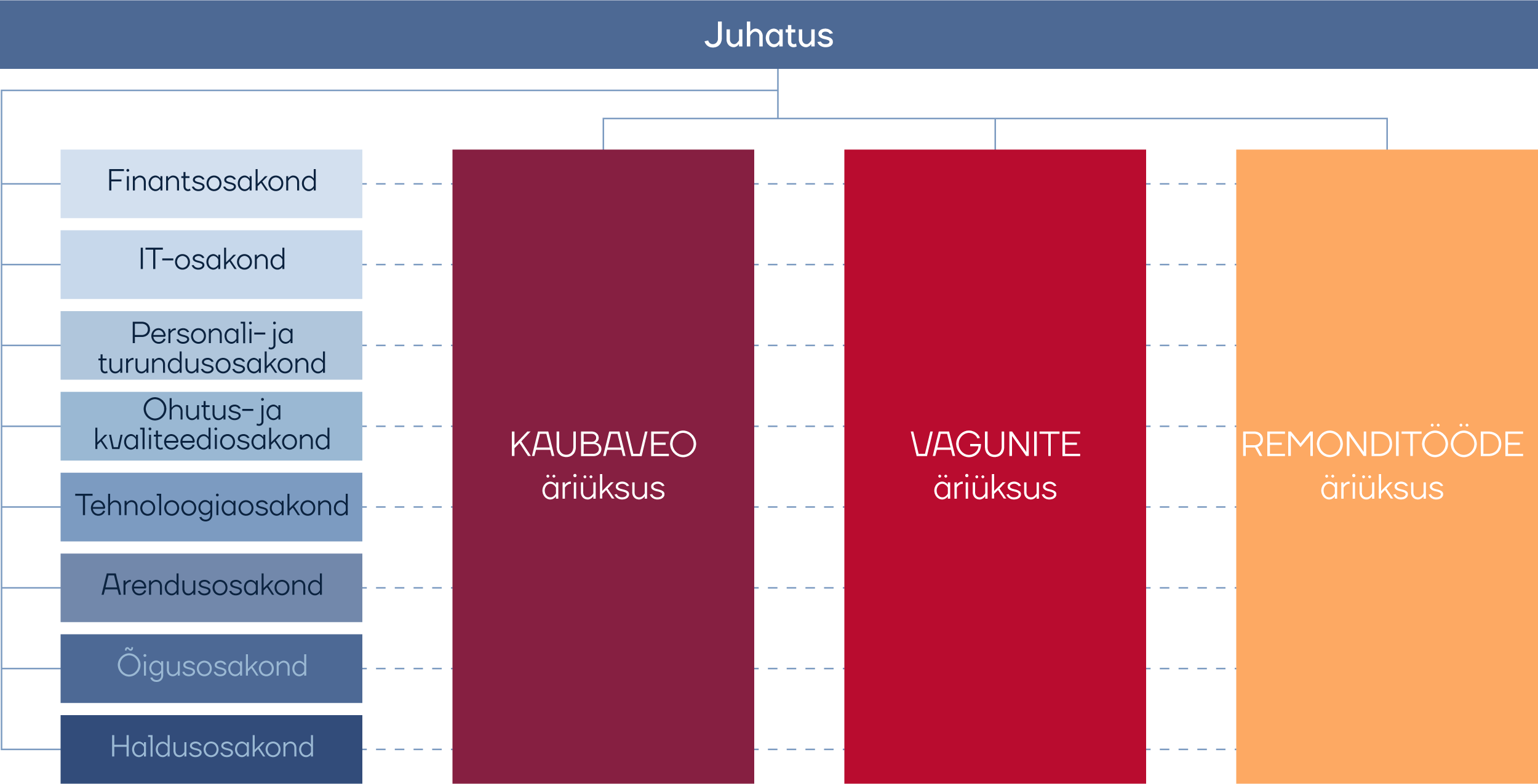
Our people ensure that your freight is transported and arrives at its destination safely, 24 hours a day, seven days a week. We employ 670 people all around Estonia, the largest part of whom (40%) are concentrated in and around Tallinn, 27% in Tapa, and 13% in Narva and its surrounds. In south Estonia - Tartu, Valga, Koidula and nearby stations - there is around 3% of our workforce by proportion.
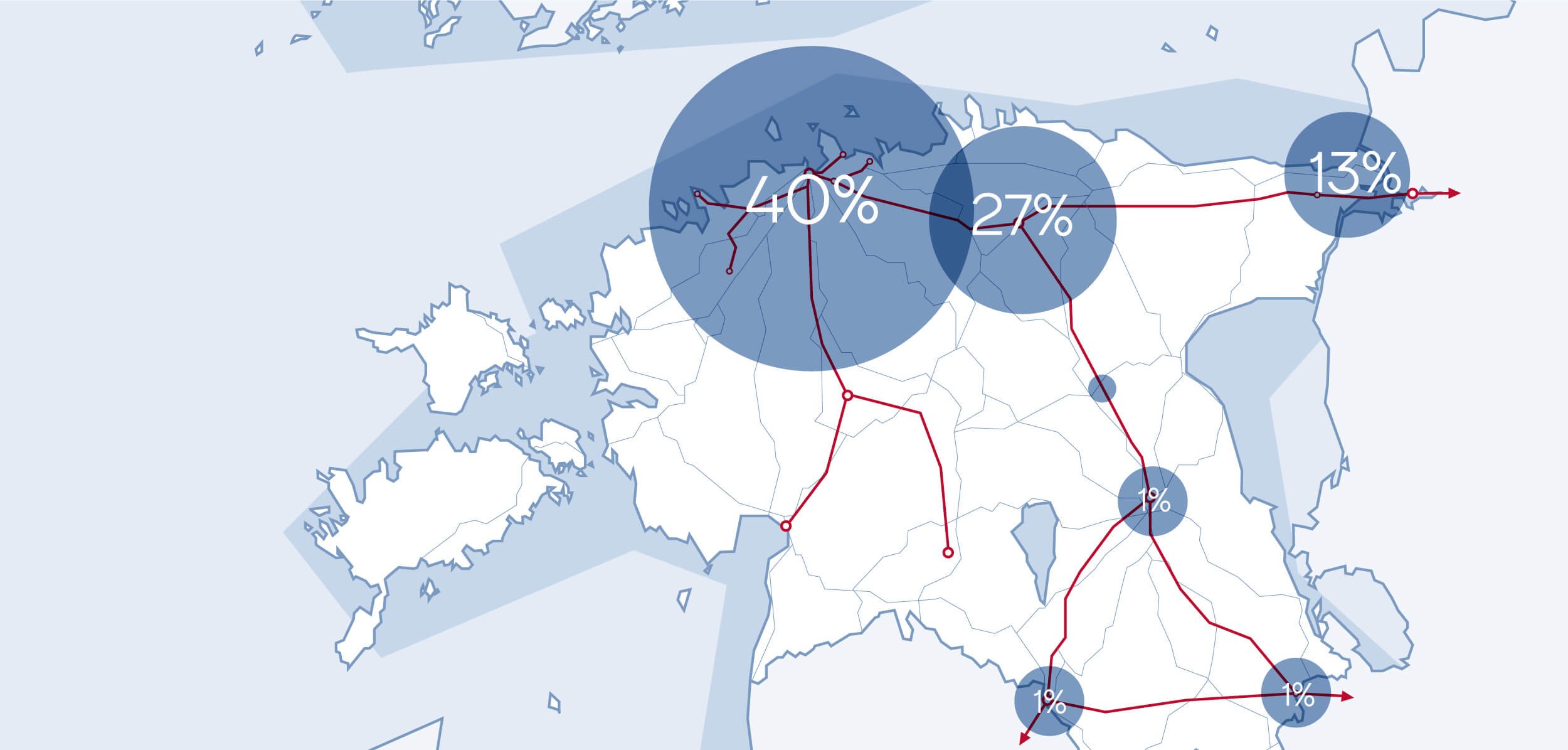
The history of Operail is closely interlinked with the history of the Estonian railway.
The beginning of rail transport in Estonia can be traced to an event that took place on 24 October 1870, with the opening of the first rail connection in Estonia, the Paldiski–Tallinn–Narva–Gatchina line. Later, the network was extended with lines to Valga (1887) and Pärnu (1896). In 1897, a branch line was opened from Mõisaküla to Viljandi, and from there to Paide and the Port of Tallinn.
On 15 November 1918, the Northwest Railway (Looderaudtee), the First Approach Track Association (Esimese Juurdeveoteede Selts), and the field railway sections of the army and maritime fortress provided the basis for the formation of an independent company, Republic of Estonia Railway (Eesti Vabariigi Raudtee), which also offered freight services.
In 1931, a broad-gauge railway line was built from Tartu to Pechory. By 1940, there were 1447 km of public railways in Estonia, of which 772 km were broad-gauge and 675 km narrow-gauge railways.
During the Soviet period, there was a switch from steam engines to locomotives. In 1973, electric train service was opened between Tallinn and Kehra, and work began in Raasiku on a new auxiliary goods station. Work on the first stage of one of the primary bases for Estonian Railway’s transit potential, the port of Muuga, started in 1986. Alongside the construction of the port, the railways were also rebuilt, the new port was connected to the railways, and construction of a second pair of tracks between Tallinn and Tapa was started.
The state-owned Estonian Railways (Eesti Raudtee) was created on 1 January 1992, with the task of managing Estonia’s railways. In 2001, the government decided to sell off 66 per cent of shares in Eesti Raudtee privately, but in 2007, the decision was taken by the state to buy back all privately owned shares.
The year 2007 started very well for Eesti Raudtee. A total of 36 trains were serviced daily, and 4 million tonnes of freight were shipped monthly. The situation changed after the April riots in Tallinn, and as a result of the tense political climate, freight volumes fell by 50 per cent. Since then, the volume of transit traffic through Estonia has been gradually decreasing.
In 2009, Eesti Raudtee was split equally between two subsidiaries. Infrastructure management was handled by AS EVR Infra, and freight transport remained the domain of AS EVR Cargo. On 3 September 2012, AS EVR Cargo was spun off as a separate railway goods transport company. AS EVR Infra and Eesti Raudtee were merged once more under the business name of Eesti Raudtee.
In 2015, the total volume of freight transported on Eesti Raudtee infrastructure was 15.4 million tonnes, of which 68 per cent was transported by EVR Cargo. Railway freight volumes fell in all Baltic States in 2015. Russia continued to ship its raw materials via its own ports. The competitiveness of Russian transport channels rose on the back of the severely weakened rouble. Freight volumes were also affected by the sanctions imposed on Russia.
In 2016, a significant shift in the supply and demand on the wagon rental market took place. Due to restrictions on Russia’s transport supervision, Russia was forced to remove over 200,000 wagons from service over two years. This resulted in a fall of over ten per cent in the Russian wagon fleet, and there was a deficit of wagons on the market. Changes in the Russian wagon fleet affected the wagon market across the entire 1520 mm broad-gauge railway network, with wagon prices and rental charges rising dramatically.
In the face of the new market conditions, the company changed its strategy. Previously, EVR Cargo had defined itself as a freight transporter. Since 2016, however, EVR Cargo has separately developed its wagon rental and rolling stock repair and maintenance business, and has accordingly changed its company structure.
In 2017, EVR Cargo received permission from the supervisory board to make investments in the purchase of wagons in order to further enhance its wagon rental business. In 2018, the company changed its name and visual identity, both of which stem from the time when the company was part of the Eesti Raudtee group. The company’s new name is AS Operail.
Wagons
Operail uses five types of wagon for freight transport.
TANK WAGONS
Tank wagons are used to transport various types of liquids, primarily oil and petroleum products within Estonia, but also for liquid chemicals and liquefied gas.
technical data >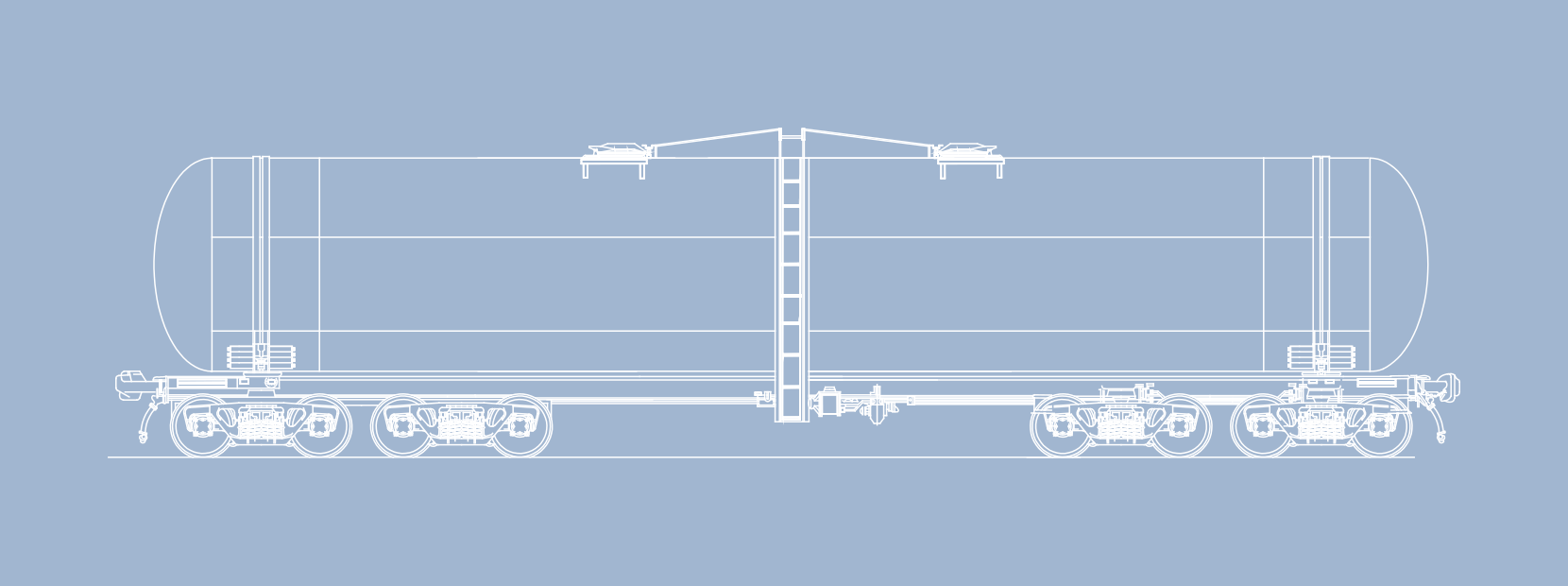
OPEN WAGONS
Open wagons are wagons that are open at the top and which can carry bulk goods, lumber, metal, and also containers and equipment.
technical data >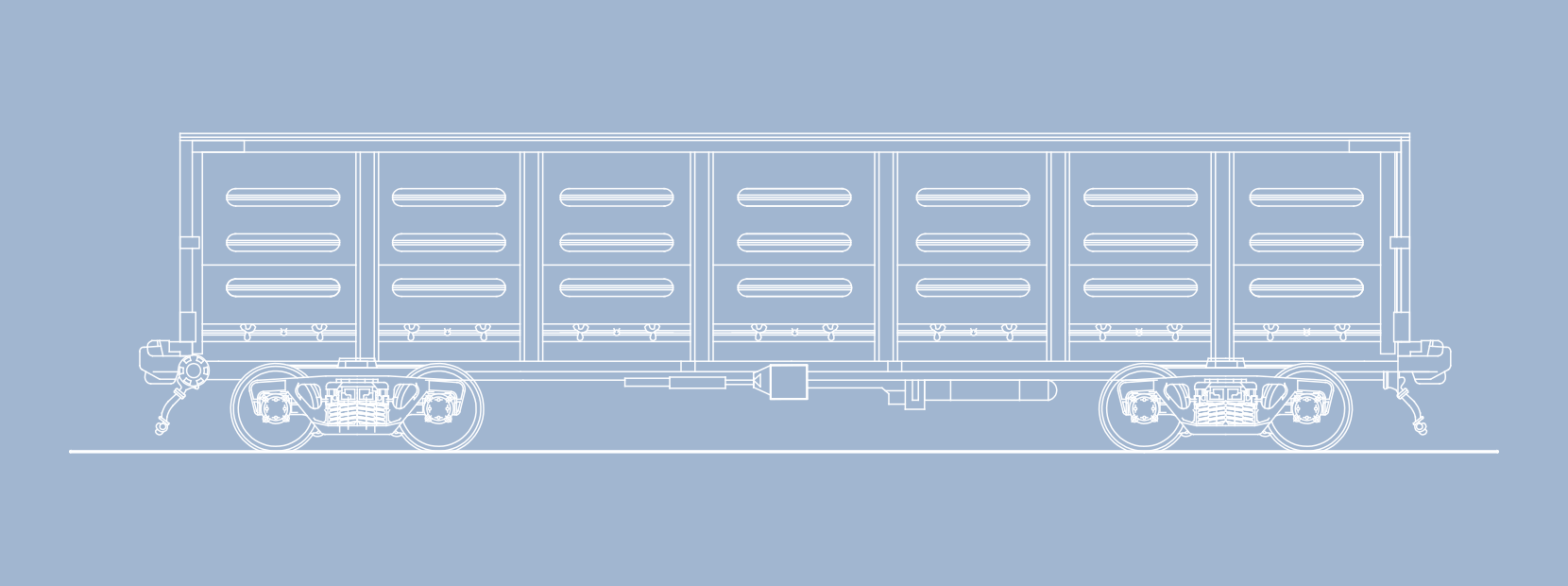
COVERED WAGONS
Covered wagons are used to transport various types of packaged, finished goods.
technical data >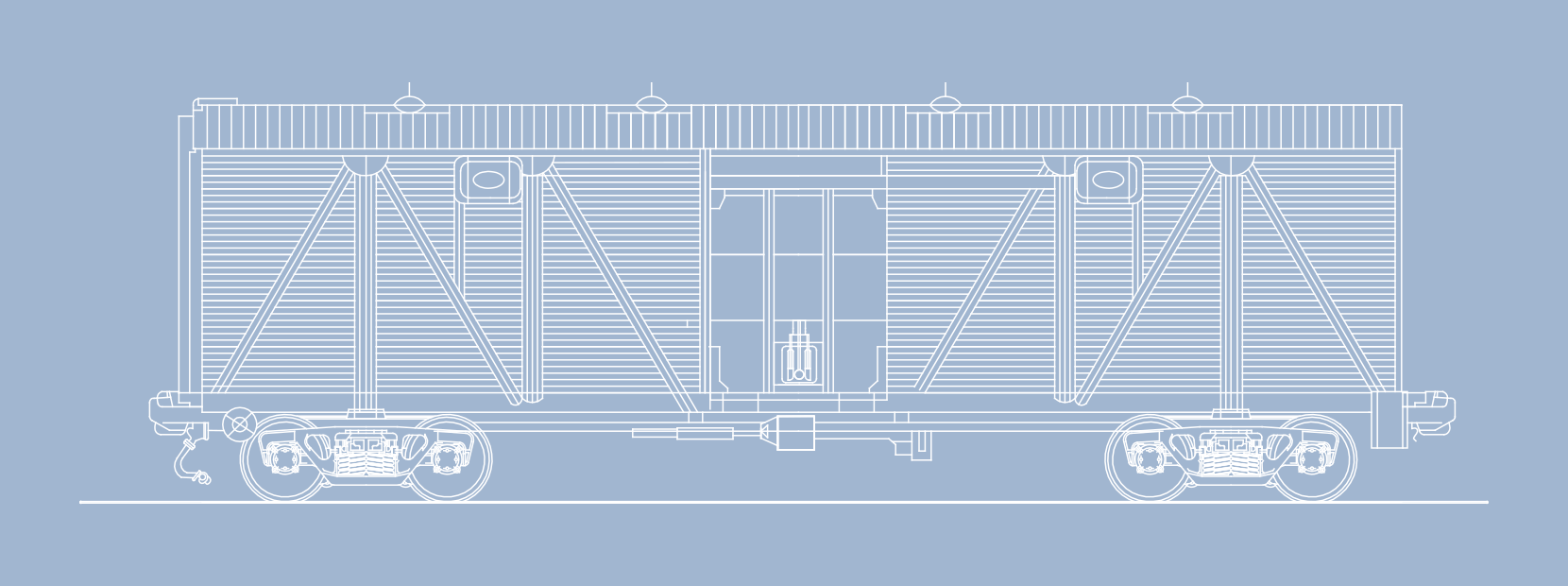
HOPPER WAGONS
Hopper wagons are specialised wagons designed to transport bulk commodities. The most commonly used types include grain, fertiliser, and cement hopper wagons.
technical data >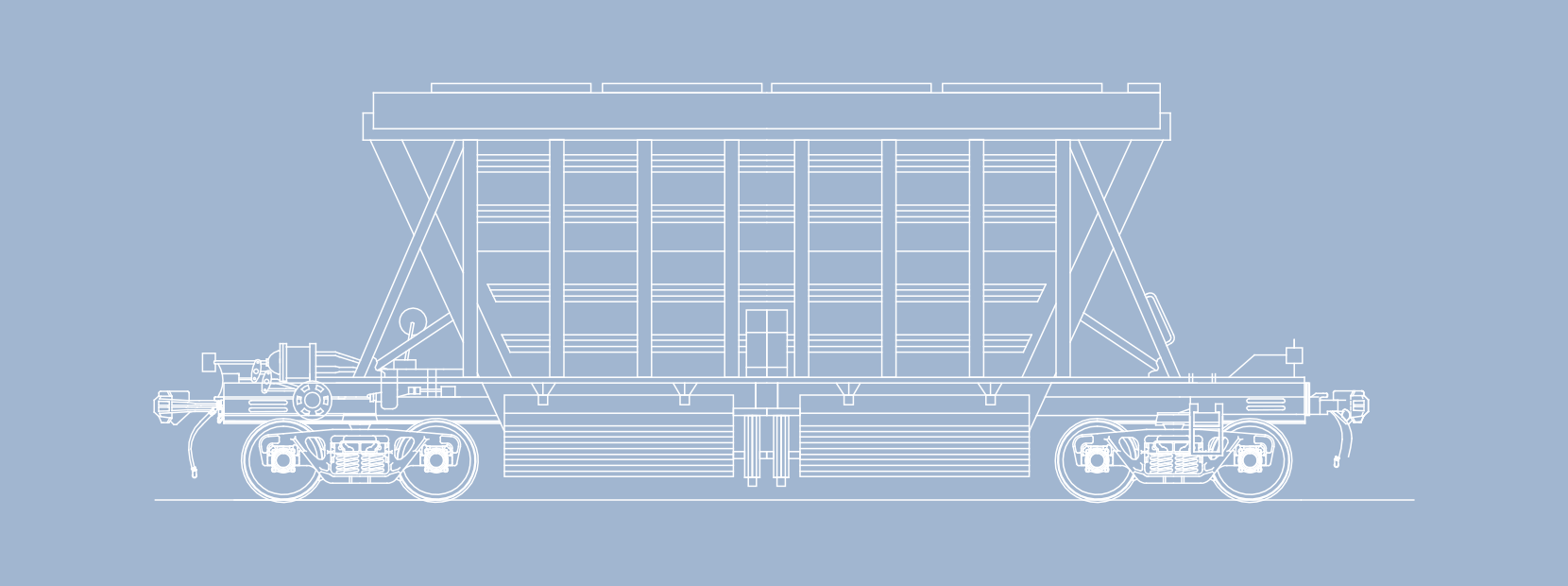
FLAT WAGONS
Flat wagons are used primarily to transport containers and irregularly sized equipment. There are many types of flat wagons. Some are specifically designed for container transport, while others are universal flat wagons with wooden floors that allow the transport of equipment and other irregularly sized goods alongside containers.
technical data >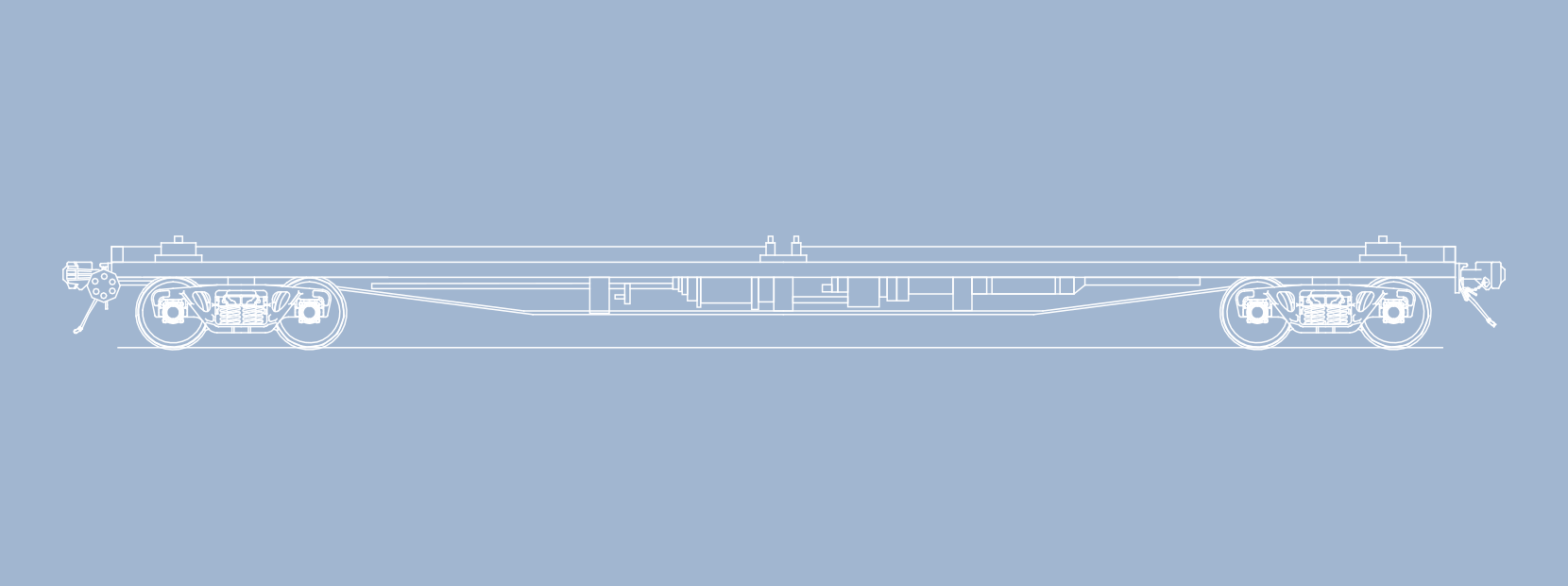
Locomotives
We use three types of locomotives on a daily basis, and our entire fleet comprises 64 locomotives.
C36-7i
C36-7i locomotives are line locomotives in use in Estonia since 2002, and represent the majority of our fleet. The locomotives were manufactured by the US company General Electric.
technical data >
TEM TMH
TEM TMH vedureid kasutame nii täispikkade rongide üle piiri vedamiseks kui ka jaamades manööverdamiseks. Vedurid on toodetud 2014 aastal Leedus DEPAS depoos.
technical data >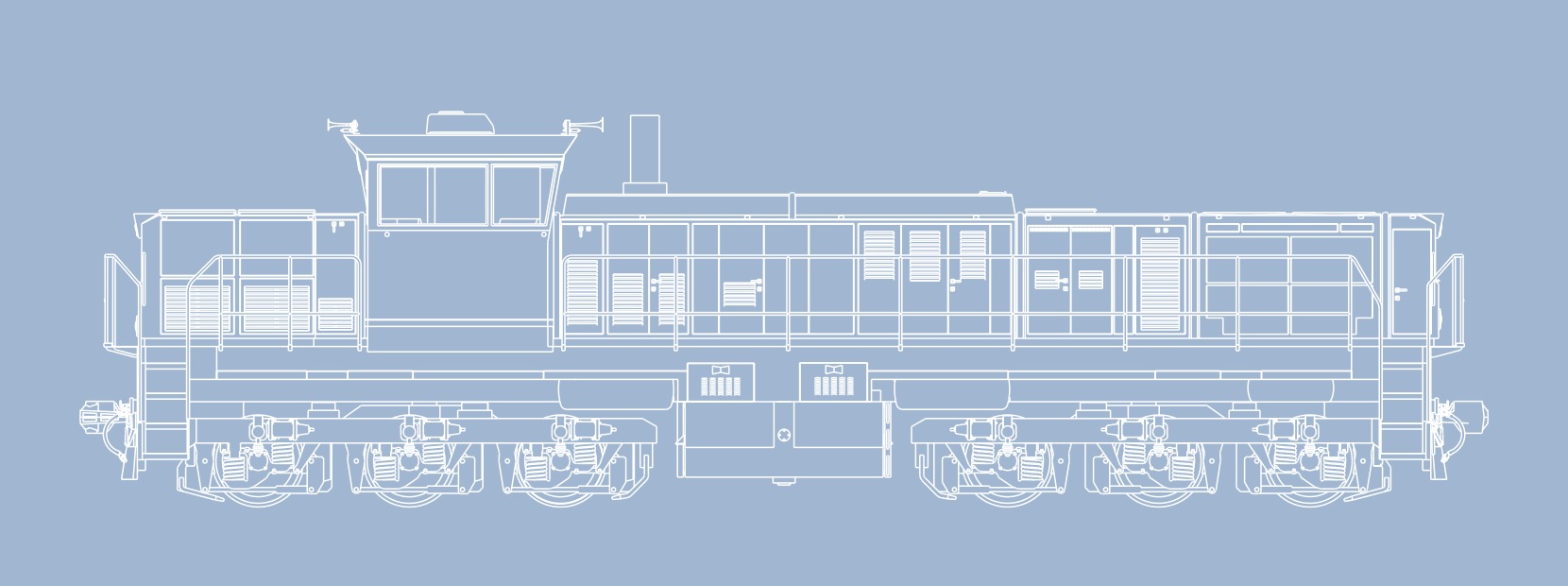
CME3
CME3 – tüüpi vedureid kasutame jaamades manööverdamiseks. Vedurid on toodetud ajavahemikul 1983 – 1987 Tšehhoslovakkias ČKD tehases.
technical data >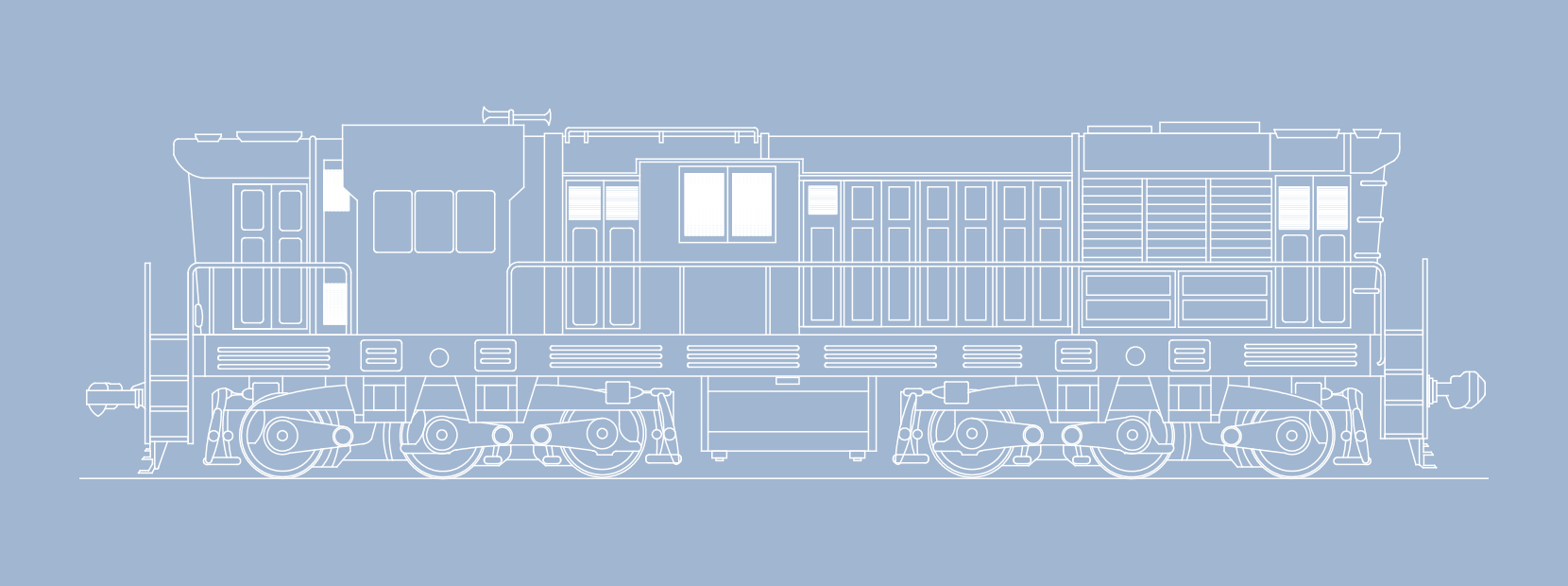
C30-M
C30-M on unikaalne moderniseeritud universaalvedur on, mis valmis 2017. aastal meie Tapa depoos koostöös Tšehhi parteriga CZ Loko. Vedur on eelkõige mõeldud manöövertööde ja kohalike vedude teostamiseks.
technical data >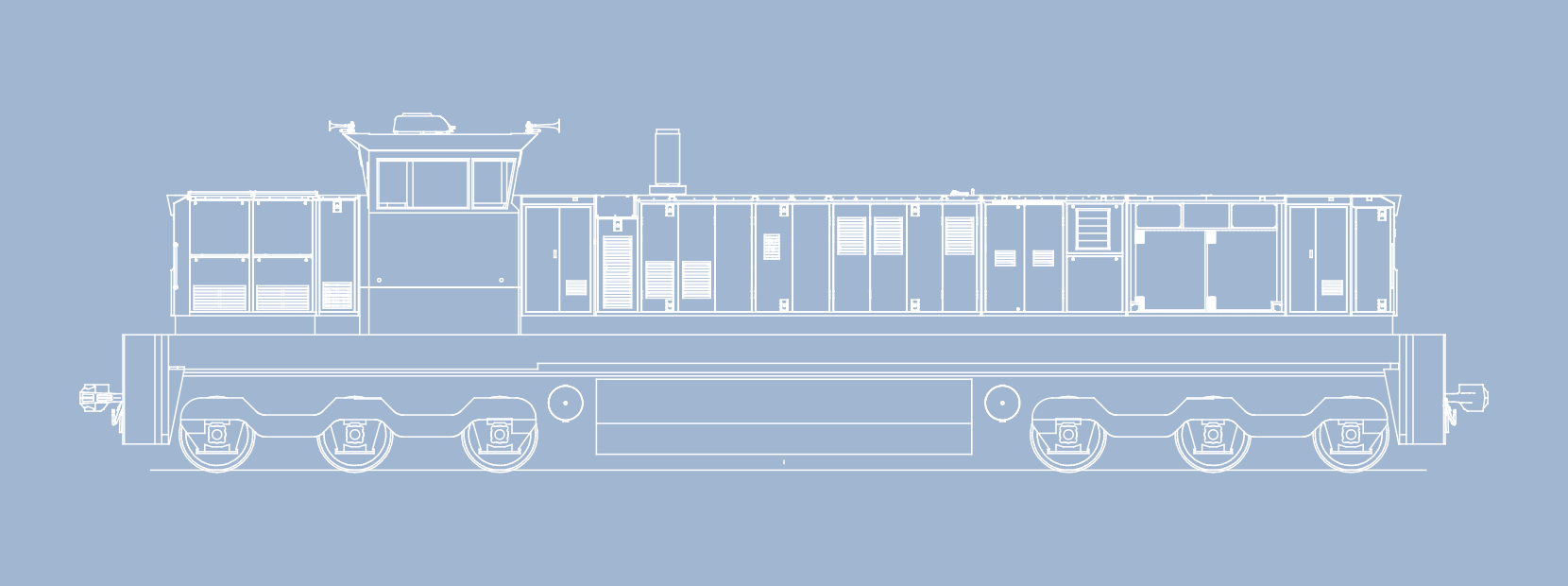
The company’s Articles of Association constitute a document that defines, among other aspects, how the company is managed and what areas the company operates in.
As per the State Assets Act (RVS), we publish annual reports and interim reports.
Aastaaruanded:
Vahearuanded:
(3 kuu aruanne)